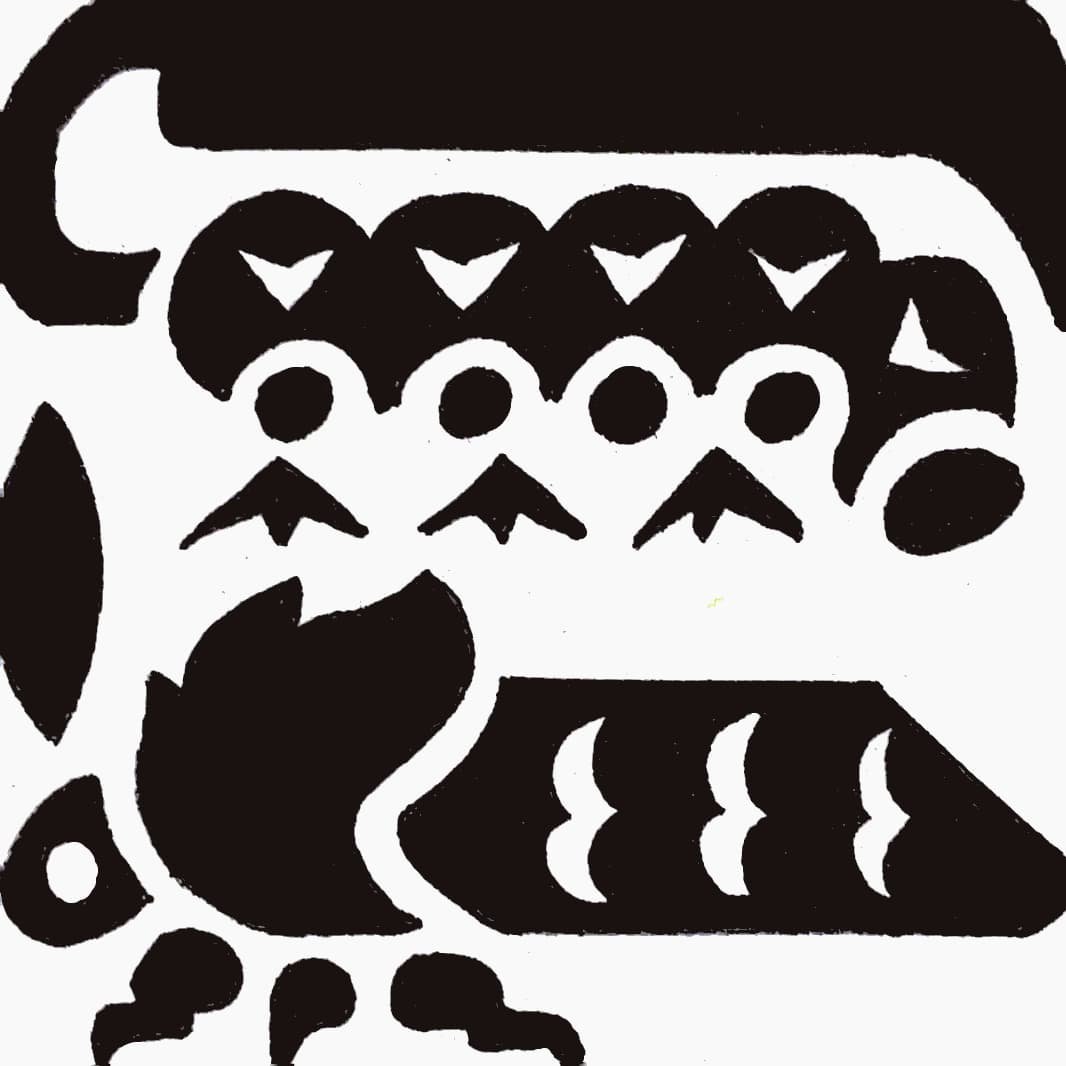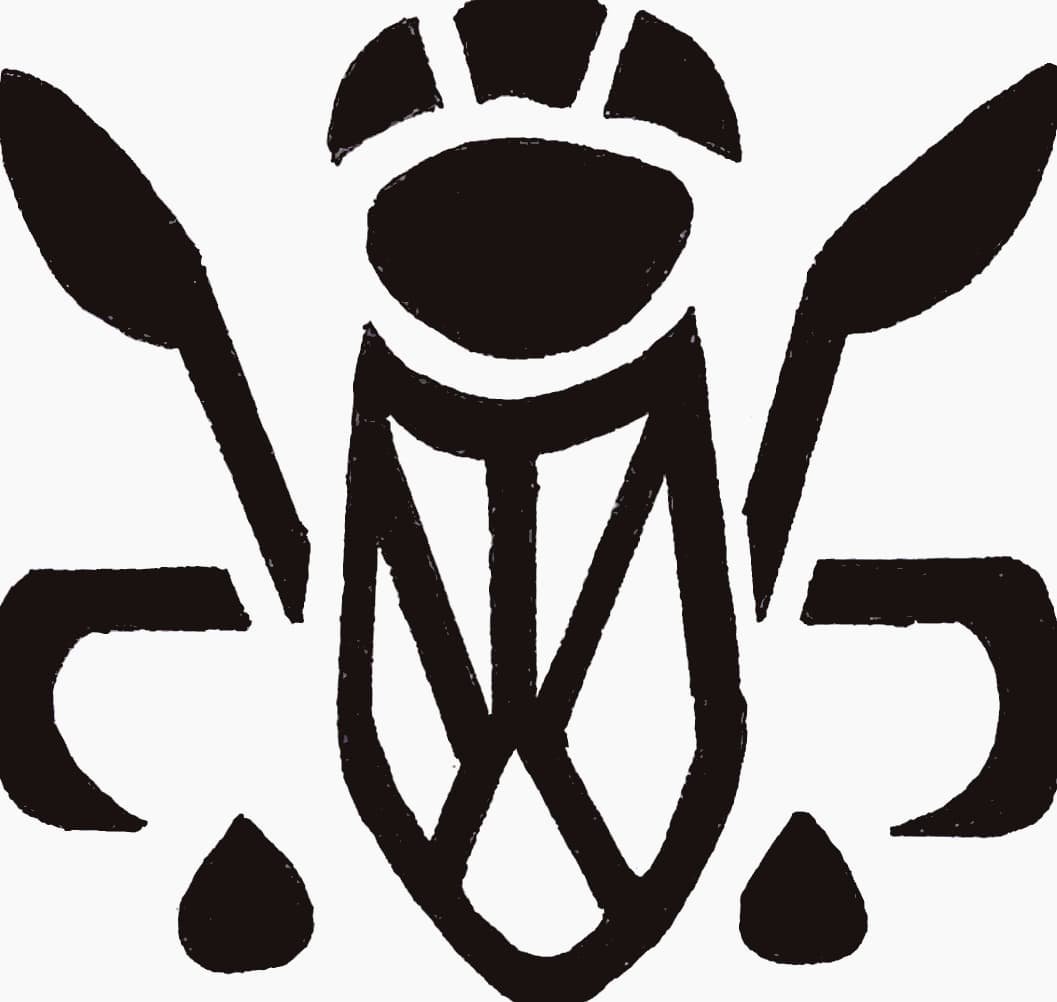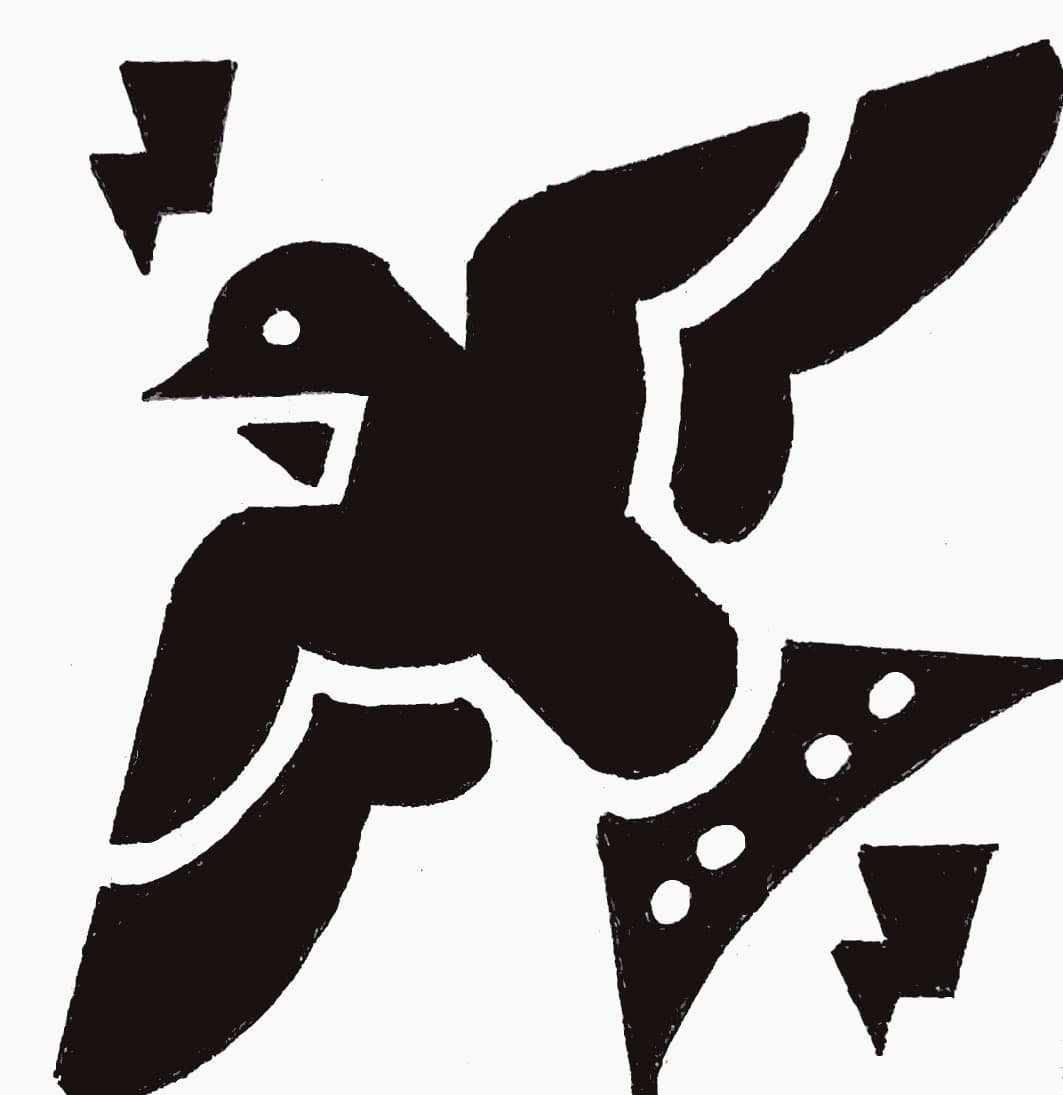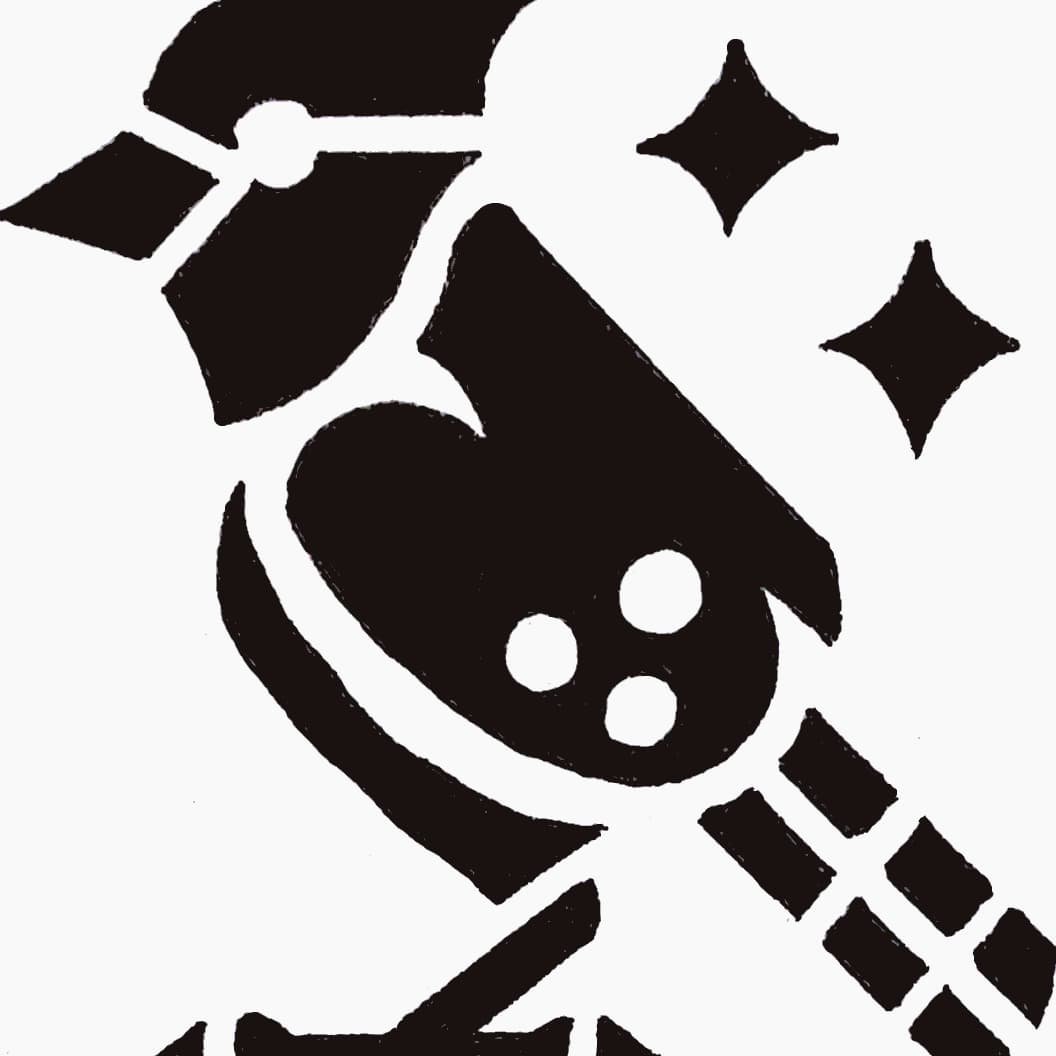Student Artist Interview: Edwin P.
Introducing: Edwin P!
Edwin is a high school student and full-time bug enthusiast. Art is simply a hobby of his, but he strives to improve it day by day. Born and raised in the GTA, Edwin was often caught engaging in bug-related shenanigans in his youth. It could be said that he never grew out of that habit.
How did you get involved with EcoSpark?
I first encountered EcoSpark when I heard that there was a grade school class that would be documenting bugs at my school. A classmate and I immediately volunteered to help supervise these activities, being the biology fans that we are. It was during this time that I brought up these animal-themed ink stamps that I had been working on as part of an art assignment, and the rest is history!
Can you explain the steps of the stamp making process? How did you learn about it, and what is your favorite part?
The stamp-making process can be boiled down to designing, printing, and carving. The first step is to come up with exactly what you want your stamp to look like. It is important to consider positive and negative space here (i.e. which parts are inked and which are left blank). Once this is complete, draw it on a piece of paper with a dark pen, then shade over the design with charcoal or a pencil. Following this, place the drawn-on side onto a block of linoleum. At this stage, you can simply trace over the pen lines showing through, which will imprint an inverted copy of the image onto the surface. From here, all that’s left to do is to use carving tools and dig out the negative space so that only the intended design shows up with ink.
Heron stamp, by Edwin P.
The week prior to my first experience with EcoSpark, I was tasked with creating a product for my design class. I thought that stamps were a highly underutilized piece of stationary, so I decided that had to be the subject of my assignment. Besides, I found their traditional media very charming. Once I settled on this idea, it was my teacher who provided me with the printing technique described earlier. I definitely plan on making more in the future because I love how stamps impose limitations of detail, forcing one to think about the core aspects of the animals being depicted and how it can creatively fit into a shape.
During the process of creating animal designs for EcoSpark, how did you tackle the balance between accuracy to the species and your artistic style?
In order to properly represent each animal, I lay down some rules. The entire point of simplifying animals this way is to bring out what makes them special, distinctive markings and unique pieces of anatomy are always included, such as the curve of an eagle’s beak or their pronounced back talon. They must all have discernable segments to clearly show which part is which. Finally, the proportions should still be vaguely accurate, so spindly legs or round abdomens stay that way. Adhering to these rules and leaving out finer details, most of the design is already complete. However, some challenges do arise from having a more geometric style. I remember struggling to represent the countless spines of a spongy moth caterpillar for a while, until I noticed that they grew in clusters that can be simplified to a series of triangles.;
Spongey Moth Caterpillar - Edwin P
Could you discuss how the elements of art, nature, and education intersect in the context of the creation of your stamps?
As my stamp designs stand on a middle ground between artsy and naturalistic, it makes sense that these aspects overlap. For instance, 2D design calls for shape language, where pointed shapes are viewed as energetic or hostile, and rounded ones are seen as slow and soft. In the case of the mosquito, its thorax and abdomen are almost bloated, making them seem delicate.
To contrast this, however, the slender legs and proboscis are long and creepy, which definitely reads as unpleasant. Visual balance is also important, so excess space can be filled with patches of texture instead; this gives further insight as to what these creatures are like in life. Additionally, aspects of the design can help you extend further, like how the spongy moth caterpillar eats away at the leaf with no end in sight; this is a representation of the invasive species’ tendency to devour so much of Canada’s native foliage.
Mosquito - Edwin P
Edwin created a series of beautiful, detailed biodiversity stamps for EcoSpark, which we will use for our website and programs. Explore the full gallery below. Thank you Edwin for your time, effort and artistry!














